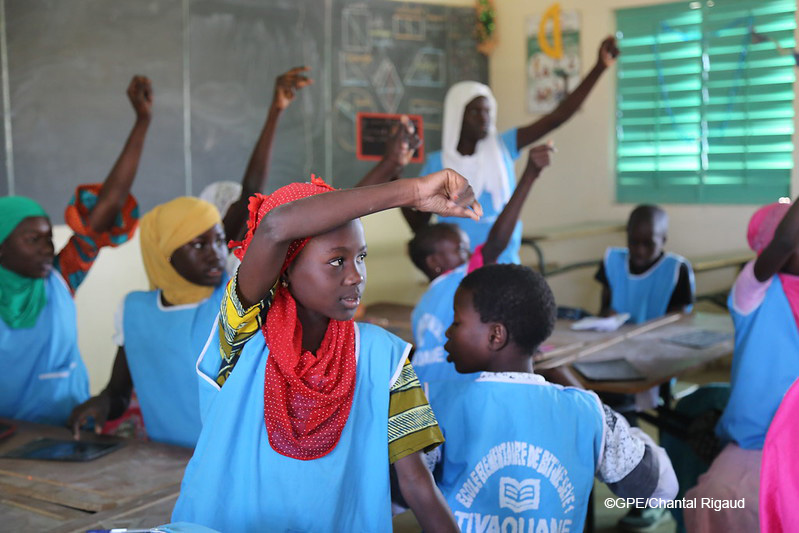
Scaling up school infrastructure improvements in West Africa

Context
The West and Central African region is home to more than half of the world’s out-of-school children, estimated at approximately 41 million, with more than 80 percent of its children facing learning poverty. It lags other regions in quality education because its formal education system struggles to absorb a rapidly growing number of school-age children. Inadequate and poor-quality school infrastructure is one of the major impediments to the provision of a safe and adequate learning environment for children in the region. According to World Bank estimates, countries in the region will have to build 1.5 million new classrooms by 2023 to cope with the school-age population increase.
To make sure the lack of classrooms and infrastructure does not hinder students’ advancement, BOAD is investing in new school construction alongside other education programming. To inform these investments, BOAD commissioned 3ie’s WACIE helpdesk program to produce a rapid-response brief to examine the effects of infrastructure improvements on students in primary schools.
The findings in this brief are drawn from eight studies looking at five different school infrastructure interventions, four from West Africa. All five interventions the study reviewed involved major infrastructure changes, including the construction of new classrooms, latrines, or school buildings. Two interventions specifically targeted educational outcomes for girls. Each intervention underwent a quantitative evaluation to assess its impact on students.
Evidence
The rapid-response brief, a quantitative assessment of school infrastructure interventions in Benin, Burkina Faso, India, Niger and Uganda found positive effects of infrastructure improvements in schools on student enrolment, retention, attendance rates, and in the long run, test scores. The provision of latrines particularly benefitted girls’ attendance and enrolment rates, especially when paired with gender-targeted interventions. Infrastructure programs targeting girls had long-term positive impacts on all students.
The brief recommended that policymakers consider school infrastructure improvements as a durable investment and integrate them into broader child well-being programs. The brief also advised a cost-benefit analysis prior to implementation.
Evidence impacts
Type of impact: Inform discussions of policies and programs
When subsequent phases of the evaluated programme or policy draw from the findings of the evaluation or review, and/or the study team participates in informing the design of a subsequent phase.
This is one of 3ie’s seven types of evidence use. Impact types are based on what we find in the monitoring data for an evaluation or review. Due to the nature of evidence-informed decision-making and action, 3ie looks for verifiable contributions that our evidence makes, not attribution.
Read our complete evidence impact typology and verification approach here.
Close windowDamit Serge Didier AMANY, Director of the Project Development Result Evaluation Directorate at West African Development Bank, stated that the brief validated the effectiveness of school infrastructure upgrades in the region and its positive impact on student enrolment, especially among girls, attendance, retention and test scores. The findings were leveraged to support ongoing deliberations in favor of school infrastructure improvements, prompting the BOAD to endorse the decision to scale up the program in Côte d'Ivoire, Mali, Niger, and Senegal.
Suggested citation
3ie. 2023. Scaling up school infrastructure improvements in West Africa. Online summary. Evidence Impact Summaries. New Delhi: International Initiative for Impact Evaluation (3ie).
Evidence impact summaries aim to demonstrate and encourage the use of evidence to inform programming and policymaking. These reflect the information available to 3ie at the time of posting. Since several factors influence policymaking, the summaries highlight contributions of evidence rather than endorsing a policy or decision or claiming that it can be attributed solely to evidence. If you have any suggestions or updates to improve this summary, please write to influence@3ieimpact.org